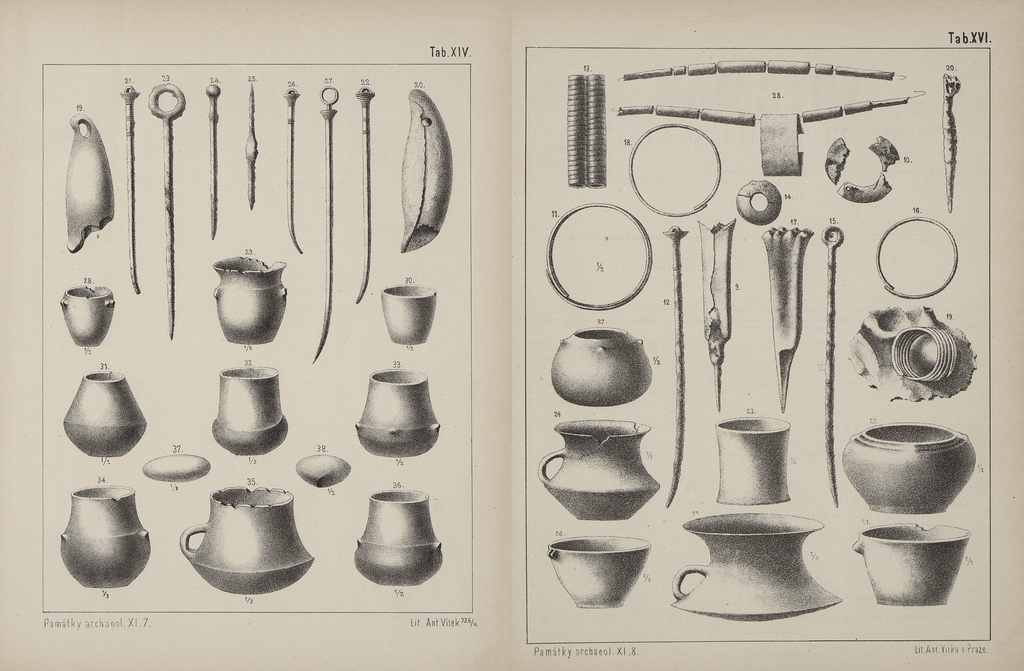The Journey of one 4000 Year old Celtic Y-SNP FGC22501: Ten Years of Discovery
Background
To recap my first dive into Genetic Genealogy was giving my husband a Family Tree DNA Y37 kit for Valentine’s Day in 2011. It was purely out of frustration, as traditional genealogy had failed to connect him with either Thomas WHEADON (later WHEATON) of Branford, Connecticut or Robert WHEATON of Salem and Rehoboth, Massachusetts. The Y37 proved he was of the Robert WHEATON line.
It wasn’t long before we went from testing YSTRS to YSNPS. He was part of the large R1b Haplogroup which is the largest group in the British Isles today with about 2/3 of the English males tested being R1b; about 3/4 in Wales and 4/5ths of the Irish. In continental Europe the percentages are generally at lower frequencies although it still accounts for a large portion. Furthermore, he was found to be a part of the subclade U152 (also known as S28) which only accounts for around 8% in England and then the subclade L2 is even a much smaller subclade. [See top part of Abbreviated Phylogenetic Tree below].
Full Genomes Corporation: Y Elite
In 2013 Full Genomes Corporation was launched and a group of WHEATONs funded a Y Elite test that would test 14 million base pairs on the Y chromosome with reliable mappings. Through my own error I sent to the kit to the wrong person (same first and last name) and in the end it was my husband whose YDNA was tested as a proxy for all the Robert WHEATON descendants.
So in 2014 the results came back with 51 newly named Y-DNA SNPS from FGC22500-FGC22550 all under L2. [the numbering is sequential and is not indicative of which happened first. For instance FGC22500 happened after FGC22501]. The only match in the beginning was a sample of a man in Los Angeles with mixed European and Hispanic ancestry who was FGC22501+. Matches were few and far between and time frames were unclear in the beginning. It was believed that L2 formed in the Italian Alps as that was where it is most prevalent today. That seems less likely as more ancient remains have been discovered. It may have been closer to Prague where we find the earliest FGC22500+ to date. This man was born about 2200–1700 BCE or 3700-4200 years ago. The following graphic charts our branch [in green] and includes some of the other major branches but not all.

FGC22501 Project at Family Tree DNA
In November of 2016 the Celtic FGC22501and Subclades Project was approved by Bennett Greenspan himself. In the first year we added 10 members. At this date in 2024 we have reached 173 Y Kits and 107 Big Y tests. We have 73 Haplotypes identified. Considering this project has been the work of Vanessa Van de Beke, Jan Suhr and myself I feel as citizen scientists we have accomplished quite a lot. There are many L2 subclades but to my knowledge we are the only L2 subclade project, most are housed in the U152 Umbrella project.
The FGC22501 Diaspora
The parent of FGC22500 is L2. There are over a dozen L2+ skeletons in the Prague area of the Czech Republic. We are lucky that one of those skeletons from Jinonice, Prague 5 is FGC22500+. No one expected the explosion of YSNPS that have been discovered as the testing of the Y chromosome has advanced. Both modern and ancient DNA is rewriting human history. As mentioned above there are 73 haplotypes under FGC22501, as identified by FTDNA. As you can see in the Phylogenetic chart above after the formation of FGC22501 about 4,500 years ago we have 3 main branches : Y3774, FGC22538 and FTC75677 forming about 4,300 to 4,000 years ago. As you can see from this map what we have is an explosion of descendants of FGC22501 spreading across Europe. In the screenshot of the map below the darker colors are the oldest. Stars are subclade FGC22516 and Squares are subclade Y3744.
To see the interactive map click here.
Our Prague Skeleton Digging Deeper
The excavations at the site Jinonice Prague – garden nursery took place in 1984-1986 during the construction of a subway. A total of 29 graves were found, dated to the older phases of the Únětice culture. The skeletal remains of 36 individuals were found, with predominance of adults between 20-40 years of age. The burial ground was not excavated completely. With the exception of two graves, grave goods, mainly pottery, were found in all graves. Grave 94 is the one that tested positive for FGC22500 which is slightly younger than FGC22501. We are getting more and more info on how these people lived. A reconstruction of a rich woman of Únětice culture from Pardubice (68 miles west of Prague), gives us a glimpse into what they looked like. Czech scientists reveal striking look of a Bronze Age woman from Bohemia (click on link to see).
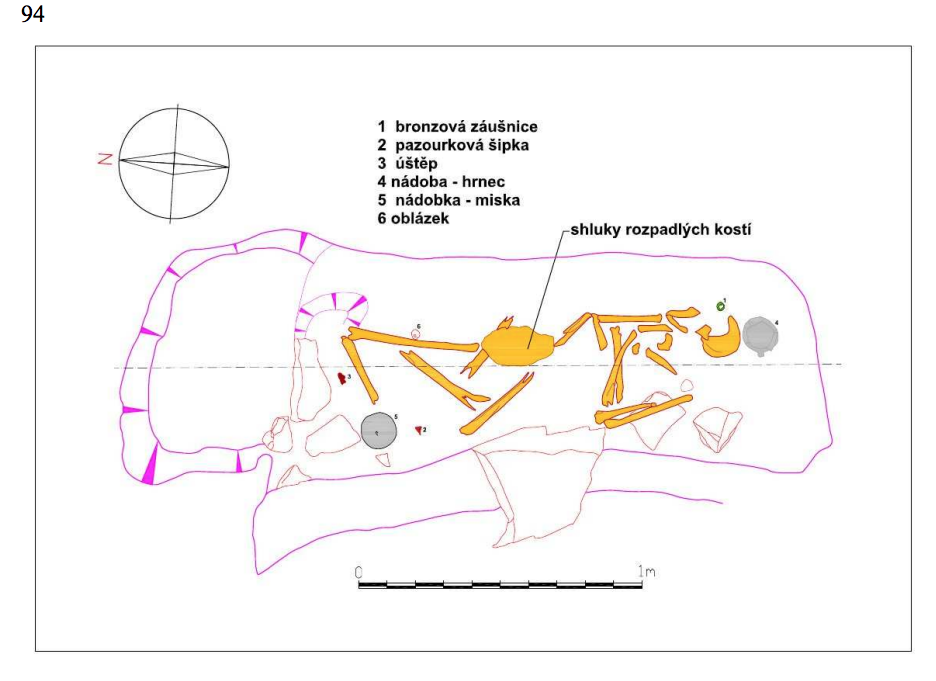
Grave goods: two vessels (bowl, cup), flint arrowhead and bronze hair rings
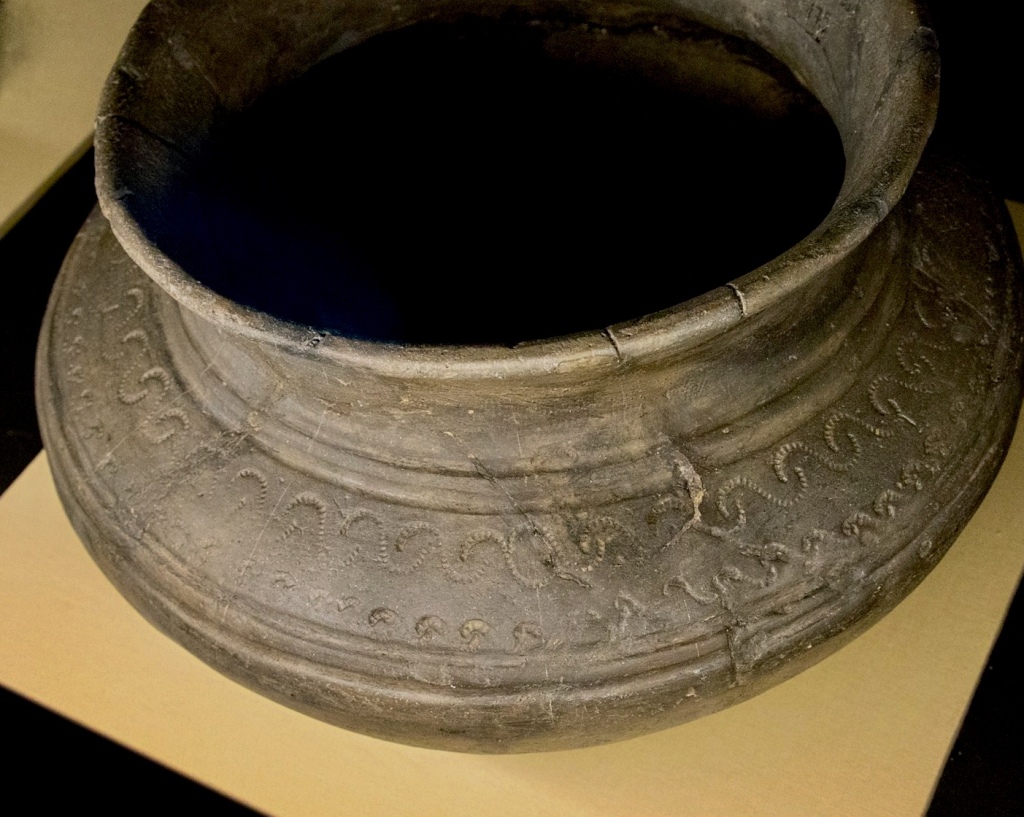
See images below for example of Únětice grave sites from Czech with typical grave goods.
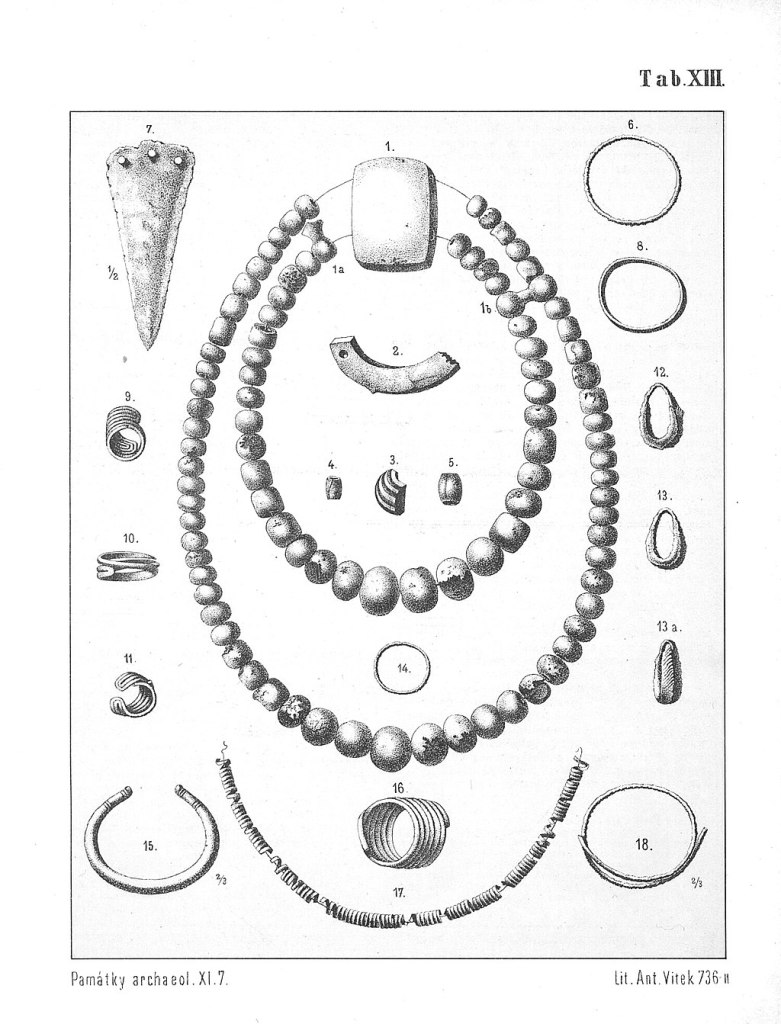
Below is one of the few known sculptures of the La Tène culture from about 40 miles east of Prague and 24.5 from Teplice, Radosevice (the two cemeteries where FGC22501+ burials are known).
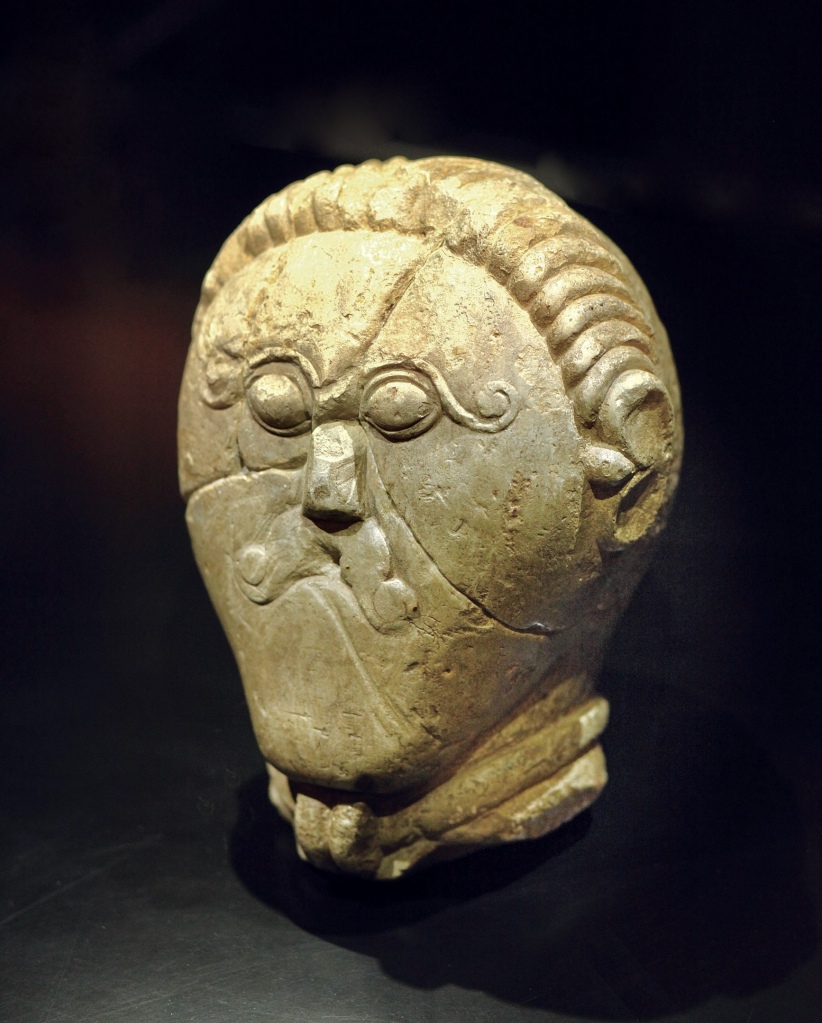
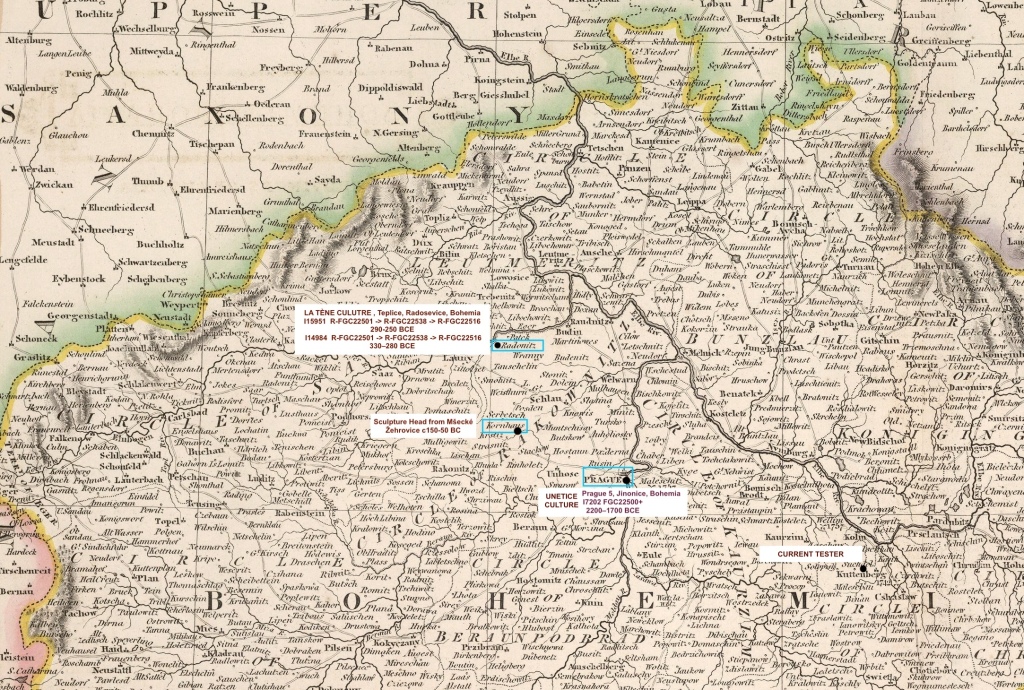
30 miles radius of Prague over about 1500-2000 years
in Radovesice (top of 3) the Bell Beaker graves come from an excavation in the pre-mine of the brown coal mine . They were discovered in two locations, which are approximately 800 meters apart. This yielded our second individuals I14984 FGC22516 c. 330-280 BCE and I15951-FGC22516 c. 270 BCE believed to be father and son.
So in less than ten years we have come quite a long way. Each man who is FGC22501+ can track back to a common ancestor about 4,000 years ago in the Czech republic. In a future blog post we will go into detail into one downstream SNP: FGC4211 who Vanessa has traced to Chancellors and Seneshals of western Europe.
Kelly Wheaton ©2024 – All Rights Reserved


